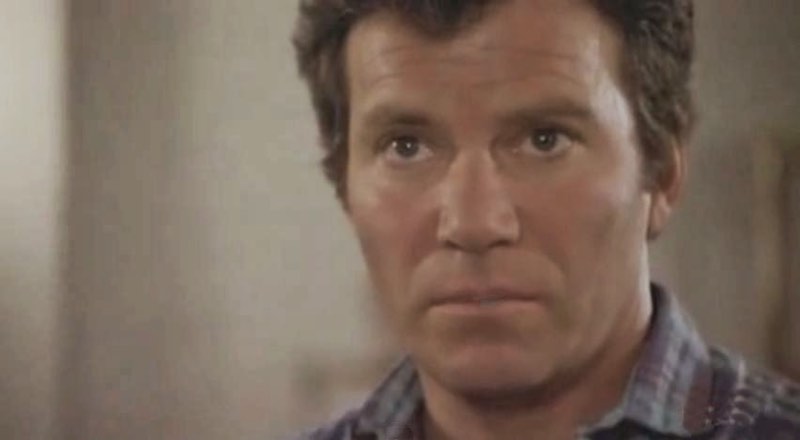In the rapidly declining world of print journalism, newspapers are known for their different sections. There’s the news and politics section, the funny papers, the sports page…and the obituary column. Obit takes a good look at the surprisingly lively writers who are responsible for producing the content for that last section.

For Obit, director Vanessa Gould (Between the Folds) hangs out with the obituary department of the New York Times, a group that is made up of some of the best and most prestigious writers on the staff, and observes what they do on a daily basis. Through interviews and fly-on-the-wall footage, Gould documents the process of obituary writing, starting with the figuring out of who to write about, moving on to the conducting of interviews with kin and the piecing together of the story, and finally finishing up with the jockeying for page space and the determining of which subjects are interesting and noteworthy enough to garner the holy grail of obituaries – a front page mention.
The process sounds menial, and it is, but the writers in the film are passionate about what they do, and that passion comes through in their interviews. Each writer starts the day with a name, and after checking off the boxes on their fill-in-the-blank form (seriously – that’s how they conduct their interviews), they know the person intimately and fall in love with them just enough to write a compelling article. And it all happens on a tight deadline – sometimes over the course of just a few hours.

The scene stealer in the film is not one of the writers, though. He’s a soft-spoken guy named Jeff Roth, the last remaining archive clerk at the Times, who works in an area called The Morgue. Despite what being in a movie about obituaries might imply, The Morgue is not where dead people are housed; it’s where archival materials such as news clipping and photographs are filed and stored.
The room looks like a never-ending row of filing cabinets and card-catalog drawers stuffed with information, the type of place where a person with a little curiosity and a lot of patience could get lost and spend hours (if not days) researching the people and places of New York. And this is where the writers and editors of the Times come to dig for photos of or tidbits about their subjects. Roth gives a word of warning to the careless, though; if you misfile something in The Morgue, it’s gone!
As fascinating as the process is, Obit does tend to meander and get sidetracked a bit, mostly when it delves into the famous and infamous people who have been covered by the team. This is where the focus of the documentary becomes blurred. A lot of time is spent discussing, for example, the bass player for Bill Haley & His Comets or the man who advised Kennedy during his legendary debate with Nixon that basically won him the presidency. Strangely enough, this is where the doc falters; the writers of the obituaries are more interesting than their subjects, or, at least, that’s how they’re presented in the film.

The writers who are featured in Obit have the daunting task of telling the stories of everyone from holocaust survivors to Harlem Globetrotters and figuring out how many words and pictures to do it in. In a way, Obit is kind of ghoulish, the reporters waiting around for people to die, or even worse, actively seeking out those who have recently died, in order to fill their pages. Some of the writers have even published (or plan to publish in the near future) books of their obituary writing. On the surface, it seems macabre. But for these folks, reporting the deaths and celebrating the lives is all in a day’s work.

